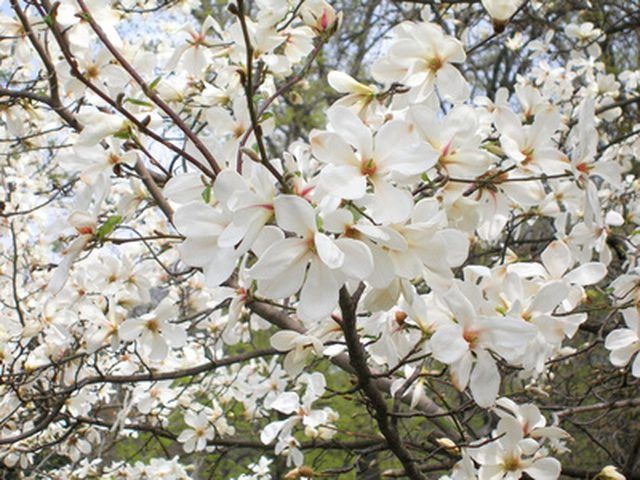Bulbs
Flower Basics
Flower Beds & Specialty Gardens
Flower Garden
Garden Furniture
Garden Gnomes
Garden Seeds
Garden Sheds
Garden Statues
Garden Tools & Supplies
Gardening Basics
Green & Organic
Groundcovers & Vines
Growing Annuals
Growing Basil
Growing Beans
Growing Berries
Growing Blueberries
Growing Cactus
Growing Corn
Growing Cotton
Growing Edibles
Growing Flowers
Growing Garlic
Growing Grapes
Growing Grass
Growing Herbs
Growing Jasmine
Growing Mint
Growing Mushrooms
Orchids
Growing Peanuts
Growing Perennials
Growing Plants
Growing Rosemary
Growing Roses
Growing Strawberries
Growing Sunflowers
Growing Thyme
Growing Tomatoes
Growing Tulips
Growing Vegetables
Herb Basics
Herb Garden
Indoor Growing
Landscaping Basics
Landscaping Patios
Landscaping Plants
Landscaping Shrubs
Landscaping Trees
Landscaping Walks & Pathways
Lawn Basics
Lawn Maintenance
Lawn Mowers
Lawn Ornaments
Lawn Planting
Lawn Tools
Outdoor Growing
Overall Landscape Planning
Pests, Weeds & Problems
Plant Basics
Rock Garden
Rose Garden
Shrubs
Soil
Specialty Gardens
Trees
Vegetable Garden
Yard Maintenance
Southern Magnolia Tree Facts
Southern Magnolia Tree Facts. Native to North America, the evergreen tree known as the Southern Magnolia is also known as the Magnolia grandilfora. On April 1, 1938, the tree was officially designated as the State Tree by the Mississippi legislature. The Southern Magnolia is sometimes referred to as the evergreen, bull-bay, big-laurel or...

Native to North America, the evergreen tree known as the Southern Magnolia is also known as the Magnolia grandilfora. On April 1, 1938, the tree was officially designated as the State Tree by the Mississippi legislature. The Southern Magnolia is sometimes referred to as the evergreen, bull-bay, big-laurel or large-flower magnolia. The natural habitat of the Southern Magnolia is throughout the coastal plains of the deep south, where it is known as a bottomland tree.
Description
Belonging to the Magnoliaceae family, the Southern Magnolia reaches from 60 to 80 feet in height, and has a spread of approximately 30 to 50 feet, with a pyramidal crown. Flowering from May to June, the Southern Magnolia has saucer-shaped, fragrant white flowers that are 6 to 8 inches wide. The dark, shiny green leaves are a reddish brown underneath.

Features
Preferring an acidic, loamy, moist soil, the Southern Magnolia will also tolerate a wet or clay soil as long as it is well-drained. The tree will thrive in heat and full sun if a moist, peaty soil is available, and will also do well in partial shade. The tree is very drought-tolerant if it has plenty of room for root expansion.
Considerations
More than most trees, the Southern Magnolia needs room to accommodate its wide-spreading root system. The roots can extend from the trunk to as far away as four times the width of the canopy.
Significance
With its dense foliage that generally reaches to the ground, and its pyramidal shape, the Southern Magnolia is an ornamental tree that can be trained to grow in a symmetrical pattern or against a wall; it is often used for espalier. They are also useful as screens and are often planted on highway median strips or used to create buffers around parking lots.
Uses
In addition to its ornamental uses, the Southern Magnolia tree is marketed as lumber along with other magnolia species and can be used to make furniture and veneers.
Wildlife Benefit
The cylindrical fruit from the Southern Magnolia tree, with its bright red seeds, matures in October and November. The 3-to-5-inch fruit is eaten by birds, including wild turkeys, as well as squirrels and rabbits.
Zones
According to the Arbor Day Foundation, the Southern Magnolia tree can withstand some flooding and should grow well in zones 6 to 10.